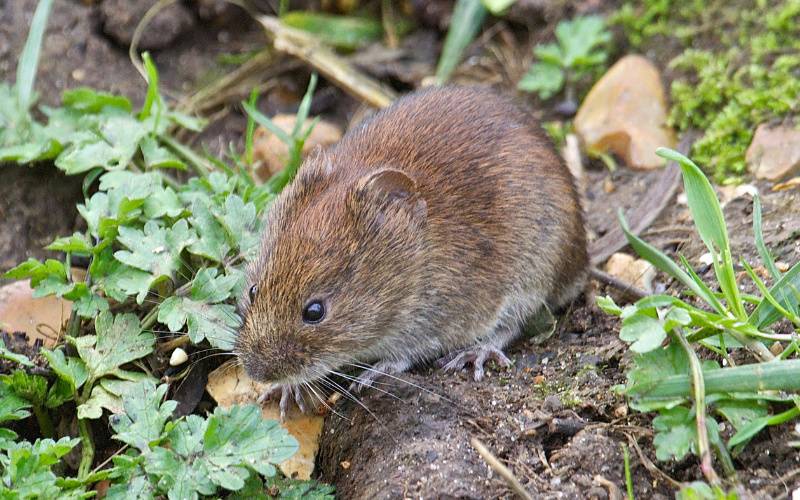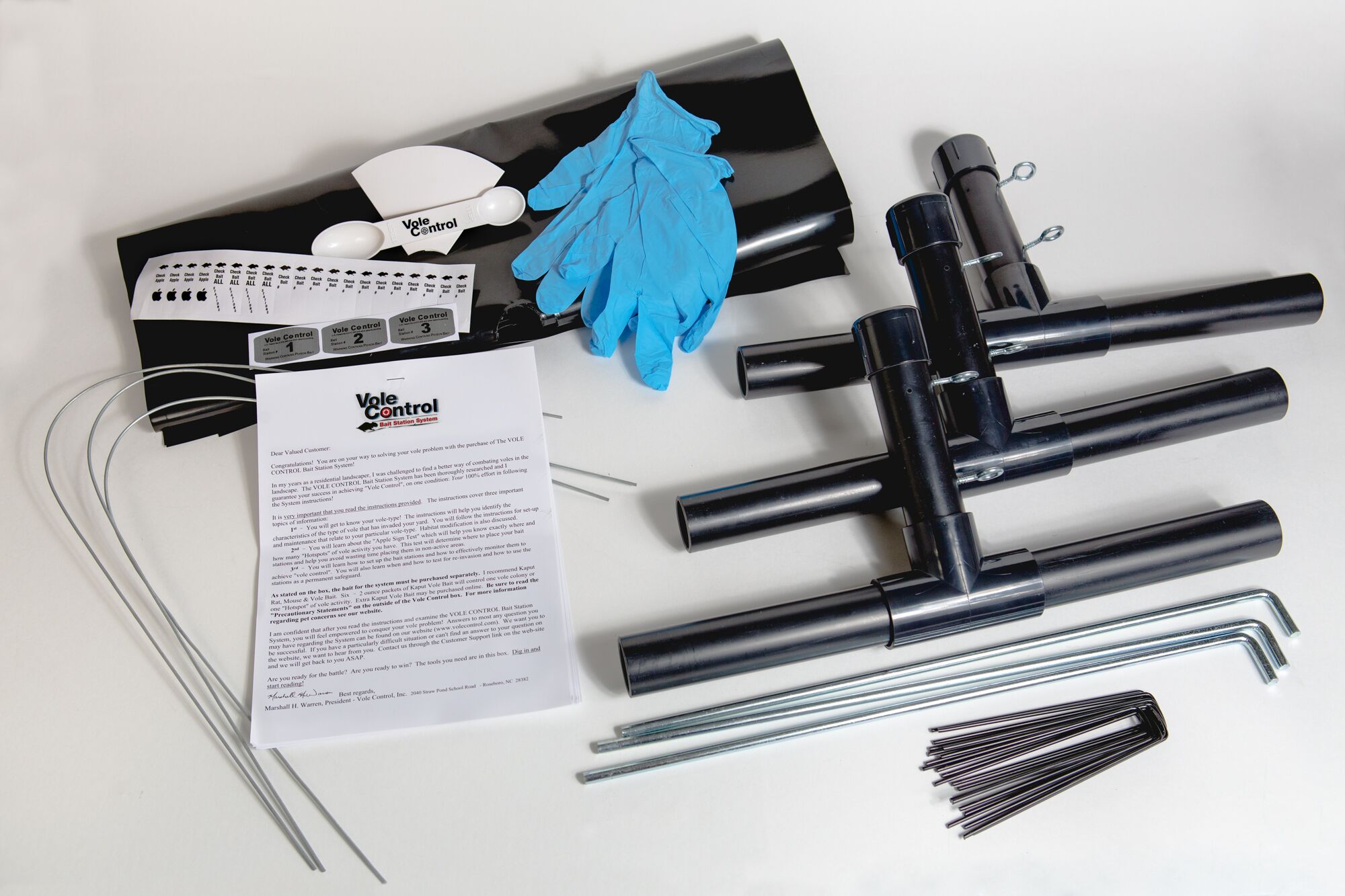Proven Vole Control Approaches to Safeguard Your Property
Proven Vole Control Approaches to Safeguard Your Property
Blog Article
Comprehensive Guide to Effective Vole Parasite Control: Infestation Identification and Treatment Techniques
In the world of reliable bug control, vole infestations position an unique obstacle that requires a critical approach. By discovering the nuances of vole behavior, understanding crucial indicators of invasion, and examining a range of control choices, one can develop a comprehensive method to deal with these elusive insects.
Understanding Vole Behavior
Vole behavior is defined by their delving habits and quick recreation prices, making them a difficult pest to manage properly. Their rapid reproductive price additional makes complex control efforts, with females qualified of producing numerous litters in a single year, each having numerous offspring.
Voles are most active during the morning and evening hours, investing most of their time foraging for food. Their delving routines not just disrupt lawns and yards but also make them testing to identify and get rid of. Understanding vole actions is crucial for efficient bug control approaches. By identifying their burrow areas, keeping track of feeding locations, and executing targeted control approaches, such as trapping or habitat alteration, vole infestations can be managed efficiently.
Signs of Vole Infestation

Prevention Approaches
Applying reliable prevention techniques is critical in decreasing vole problems and safeguarding plant life from their harmful feeding behaviors (vole yard damage). To avoid vole problems, it is necessary to start by removing possible food resources and sanctuary. Keep grass and greenery cut short, eliminate weeds and particles, and keep a neat yard or grass to make the location much less eye-catching to voles. Mounting barriers such as equipment cloth or below ground fence can likewise assist prevent voles from entering particular areas. Furthermore, minimizing excess dampness by taking care of dripping pipelines and making sure appropriate water drainage can make the setting much less hospitable for voles.
Consistently checking the residential or commercial property for indicators of vole activity, such as paths and delve openings, is essential for very early detection and prompt action. If vole activity is thought, think about making use of traps or repellents strategically placed near their pathways.
Non-Lethal Control Techniques
To successfully manage vole populaces while focusing on gentle methods, non-lethal control methods supply functional services for reducing vole damage in landscapes and gardens. One reliable approach is the use of physical barriers such as equipment fabric or wire mesh to protect vulnerable plants. These barriers can be buried a minimum of 12 inches bent and deep at a 90-degree angle to avoid voles from burrowing underneath. In addition, environment adjustment can hinder voles by reducing their liked food sources and concealing places. Maintaining a well-mowed lawn, removing particles, and maintaining plant life trimmed can make the environment less appealing to voles.

Lethal Control Options
One Full Report effective approach for dealing with vole infestations in gardens and landscapes entails the calculated use of deadly control options. When faced with a serious vole infestation that non-lethal approaches have failed to have, carrying out lethal control procedures comes to be essential. Generally, when utilizing dangerous control choices, it is important to do so responsibly and in accordance with neighborhood laws to properly take care of vole infestations.
Verdict
To conclude, efficient vole parasite control requires an extensive understanding of vole habits, recognition of indicators of infestation, application of avoidance approaches, and use of both lethal and non-lethal control approaches. By integrating these strategies, individuals can properly take care of vole populations and secure their residential or commercial property from damage. It is very important to deal with vole problems immediately to avoid more problems and reduce the effect on the surrounding setting.
Provided the elaborate tunnel systems and rapid reproduction prices particular of voles, recognizing the indications of vole problem comes to be crucial in efficient insect control. One of the primary indicators of vole visibility is the existence of surface area paths or tracks in lawn or snow, generally regarding 1-2 inches large, created as voles travel in between their burrows and food his response resources.To effectively manage vole populations while focusing on gentle techniques, non-lethal control approaches supply pop over to these guys useful solutions for decreasing vole damages in yards and landscapes.One effective method for attending to vole infestations in yards and landscapes entails the strategic usage of lethal control alternatives. vole lawn damage.In conclusion, reliable vole bug control needs an extensive understanding of vole behavior, recognition of indications of problem, implementation of avoidance techniques, and use of both non-lethal and lethal control approaches
Report this page